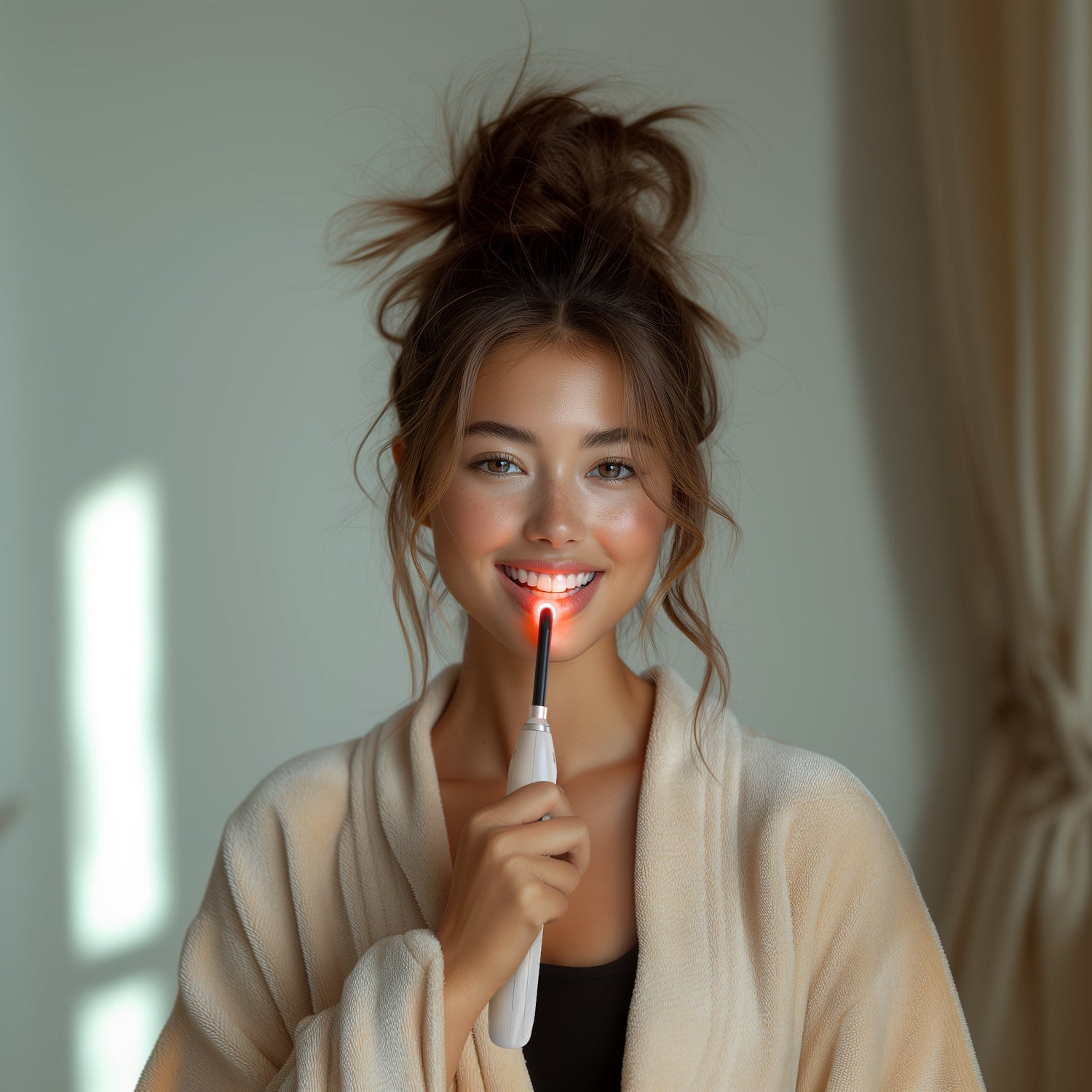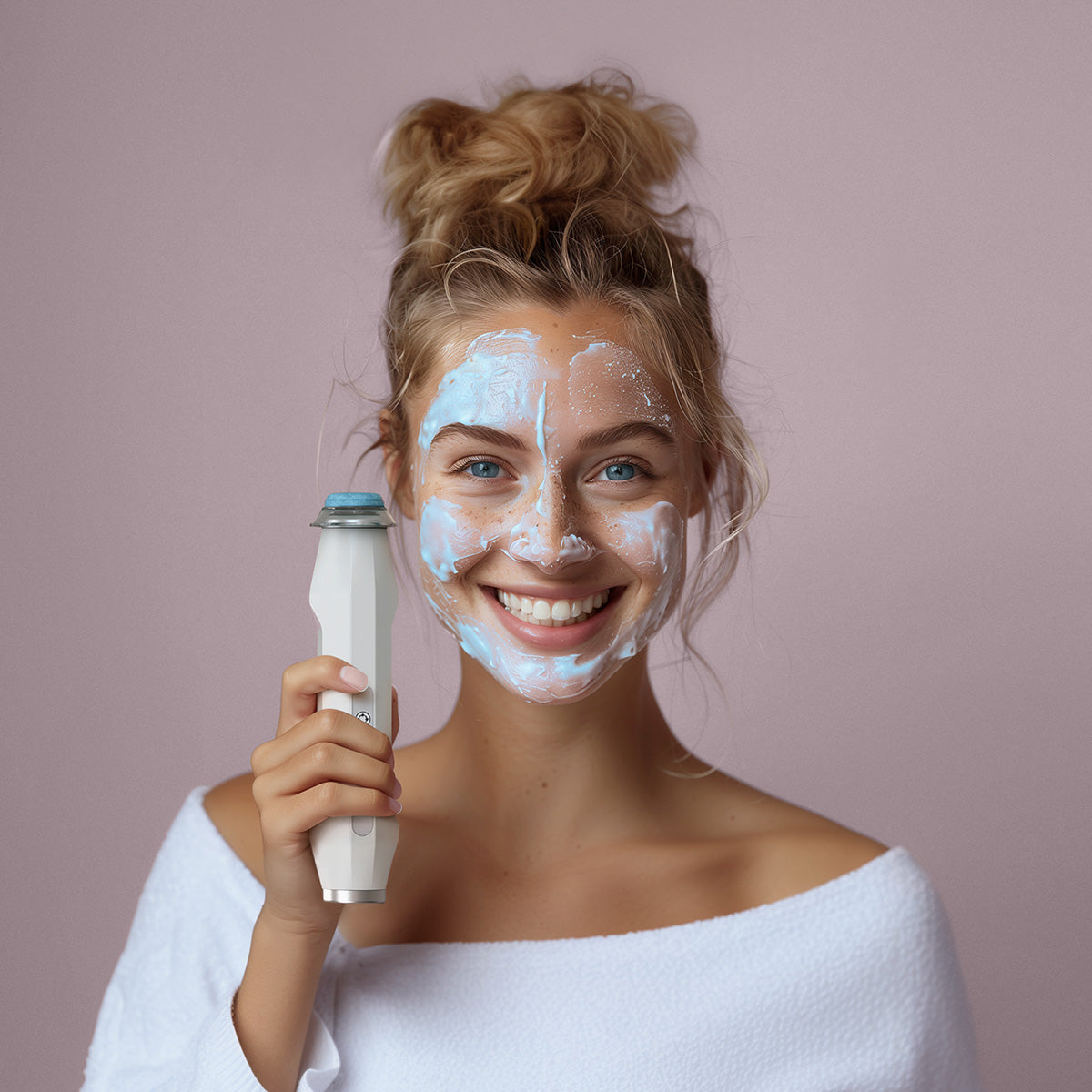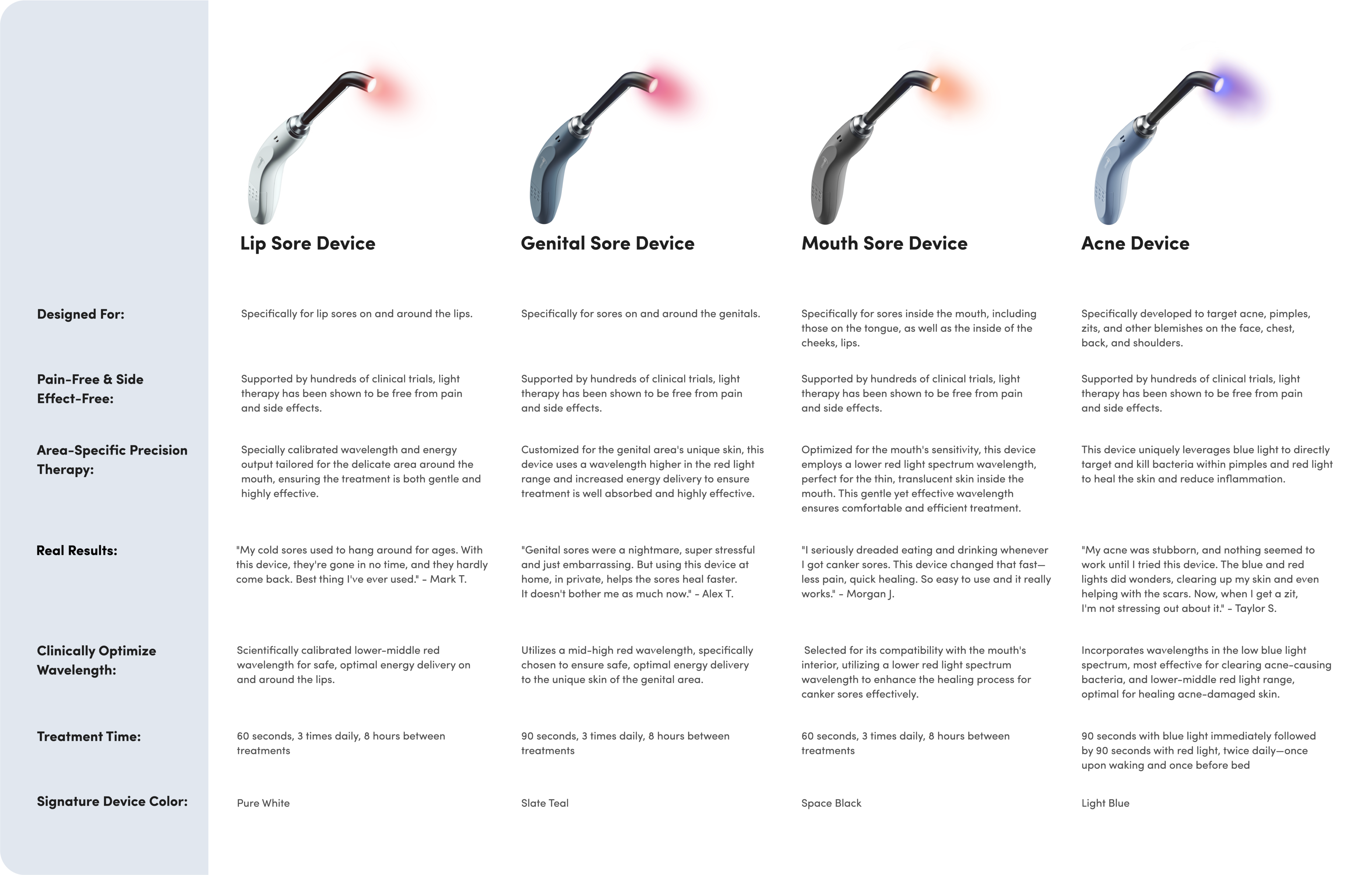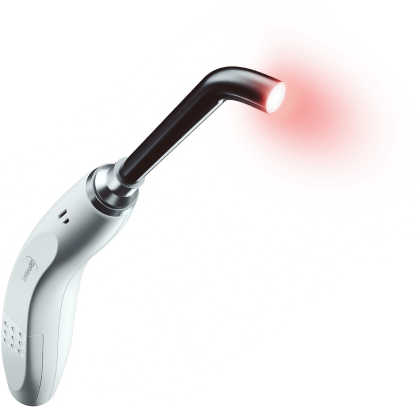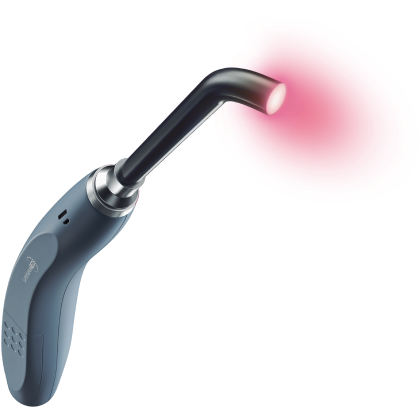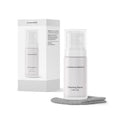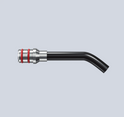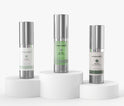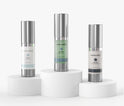The Hormonal Shift: Understanding and Treating Menopausal Acne
Menopausal acne is a prevalent but often neglected issue that numerous women encounter as they embark on the transitional stage of menopause. While hot flashes and night sweats are more widely recognized and discussed symptoms associated with this phase of life, the emergence of acne can come as an unanticipated and frustrating challenge for many women navigating this period of significant hormonal changes. This article delves into the fundamental reasons behind the development of menopausal acne, examining the scientific evidence surrounding this condition and exploring the potential benefits of incorporating at-home red light therapy (RLT) devices as a complementary approach to managing this specific skin concern. By understanding the root causes and available treatment options, women can feel empowered to take control of their skin health during this transformative time, embracing a holistic approach to menopausal therapy that addresses both physical and emotional well-being.
Understanding Menopausal Acne
What is Menopausal Acne?
Menopausal acne arises as a result of hormonal changes that occur during menopause. As estrogen levels decline and the relative proportion of androgens (male hormones like testosterone) increases, the skin can become more susceptible to acne. These hormonal shifts can lead to increased oil production, changes in skin cell activity, inflammation, and ultimately, breakouts.
Symptoms and Characteristics
Menopausal acne often manifests itself in a manner that is distinct from the acne commonly experienced during the teenage years. While adolescent acne frequently appears in the "T-zone" area, which encompasses the forehead, nose, and chin, acne associated with menopause tends to target the lower regions of the face, including the cheeks, jawline, and the area surrounding the mouth. The acne lesions that develop during this stage can vary in severity, ranging from deep-seated, painful cysts to more superficial, smaller blemishes scattered across the affected areas. It is crucial for women to recognize these unique characteristics of menopausal acne, as this knowledge can help them identify the most suitable treatment options and develop an effective strategy for managing this skin condition as part of their comprehensive menopausal therapy plan.Additionally, the skin's texture and elasticity also undergo changes during menopause, which can exacerbate acne problems. Decreased collagen production and thinner skin can make acne more noticeable and can slow the healing process of post-acne marks. This combination not only affects the appearance of the skin but can also impact a woman's self-esteem and emotional well-being. Recognizing these changes is vital in seeking appropriate treatments that address both the root causes and the visible symptoms of acne.
The Science Behind Menopausal Acne
Studies indicate that hormonal changes are the primary drivers of menopausal acne. Research has shown that as estrogen levels decrease, the skin's oil glands can become more sensitive to androgens, leading to increased sebum production which clogs pores and promotes the growth of acne-causing bacteria.
Furthermore, skin barrier function is also compromised during menopause due to decreased estrogen levels, making the skin more susceptible to irritation and inflammation, which can exacerbate acne symptoms.
Recent scientific investigations have shed light on the significant impact that lifestyle factors can have on the intensity and frequency of menopausal acne outbreaks. For example, research has established a correlation between smoking habits and elevated stress levels and the increased severity of acne flare-ups during this transitional phase. These lifestyle factors can contribute to further hormonal imbalances within the body, exacerbating the underlying causes of menopausal acne and intensifying the inflammation of the skin. By gaining a deeper understanding of these interconnected relationships, women and their healthcare providers can develop a more comprehensive and holistic approach to menopausal therapy, one that incorporates both targeted clinical treatments and strategic lifestyle modifications. This multifaceted strategy not only addresses the immediate symptoms of menopausal acne but also promotes overall skin health and well-being during this transformative stage of life.
Treating Menopausal Acne
Conventional Treatments
Before exploring alternative therapies, it’s important to understand the conventional treatments available for managing menopausal acne. These often include:
- Topical Treatments: These may include over-the-counter products containing ingredients such as salicylic acid or benzoyl peroxide, which can help to reduce oil and bacteria on the skin.
- Prescription Medications: For more severe cases, a dermatologist may prescribe topical retinoids or oral medications that help to regulate hormone levels or combat inflammation.
Moreover, some dermatologists may recommend hormone replacement therapy (HRT) as a way to manage menopausal acne, particularly if other menopausal symptoms are also present. HRT helps to stabilize hormone levels and can indirectly improve acne by restoring estrogen levels, which helps regulate sebum production and can improve skin cell turnover. However, the suitability of HRT must be carefully assessed by a healthcare provider, considering potential risks and benefits.
The Role of Lifestyle Adjustments
In addition to medical treatments, lifestyle modifications can play a crucial role in managing menopausal acne:
- Diet: Eating a balanced diet rich in omega-3 fatty acids, antioxidants, and low in refined sugars and dairy can help reduce inflammation and support skin health.
- Stress Management: Since stress can worsen acne, finding effective ways to manage stress through yoga, meditation, or other relaxation techniques can be beneficial.
Exercise is another crucial factor in managing menopausal acne. Regular physical activity helps to reduce stress, improve circulation, and promote detoxification through sweating, which can help clear out clogged pores. Furthermore, exercise can help balance hormones by reducing insulin levels and increasing endorphins, which collectively may contribute to healthier skin. Integrating a consistent exercise routine can therefore be an effective part of a comprehensive acne management plan.
At-Home Red Light Therapy
One innovative treatment that has gained attention for its effectiveness and ease of use is red light therapy (RLT). At-home RLT devices offer a practical solution for those seeking to manage menopausal acne without harsh chemicals or invasive procedures.
How Does Red Light Therapy Work?
Red light therapy works by emitting wavelengths of red light that penetrate deep into the skin layers. This light has anti-inflammatory properties and stimulates collagen production, which can help heal the skin and reduce the appearance of acne. The light also helps to regulate sebum production, which can decrease the likelihood of future breakouts.
Benefits of Using At-Home RLT Devices
At-home red light therapy (RLT) devices have emerged as a practical and accessible solution for individuals seeking to manage their menopausal acne on a consistent basis, empowering them to take control of their skin health from the convenience and privacy of their own homes. These innovative devices are engineered with the unique needs of menopausal women in mind, featuring designs that prioritize gentleness and suitability for the often sensitive skin associated with this stage of life. A key advantage of RLT is its absence of harmful UV light, setting it apart as a safer alternative to other forms of light therapy that may inadvertently damage the skin while attempting to address acne concerns. By incorporating at-home RLT devices into their menopausal therapy regimen, women can enjoy the benefits of regular, targeted treatments without the need for frequent clinic visits or exposure to potentially harmful UV rays, ultimately promoting healthier, clearer skin and a more confident approach to navigating the challenges of menopause.
Users of RLT should also consider the optimal duration and frequency of treatments to achieve the best results. Typically, sessions lasting between 10 to 20 minutes performed several times a week have been shown to be effective in clinical studies. It’s important to follow the manufacturer's guidelines and possibly consult with a dermatologist to tailor the treatment to your specific skin condition. Over time, users often notice not just a reduction in acne but an overall improvement in skin tone and texture.
Conclusion
Menopausal acne is a challenging skin condition that affects many women during a transformative period of their lives. Understanding the hormonal underpinnings of this condition is crucial for effective management. While traditional treatments remain a cornerstone of acne management, innovative therapies such as red light therapy offer new hope. With the convenience of at-home devices, RLT provides a gentle, effective, and scientifically-backed option for those seeking to alleviate the symptoms of menopausal acne and restore their skin’s health.
As research continues to evolve, it is likely that even more effective solutions will arise, helping women to navigate the challenges of menopausal acne with confidence and ease.


